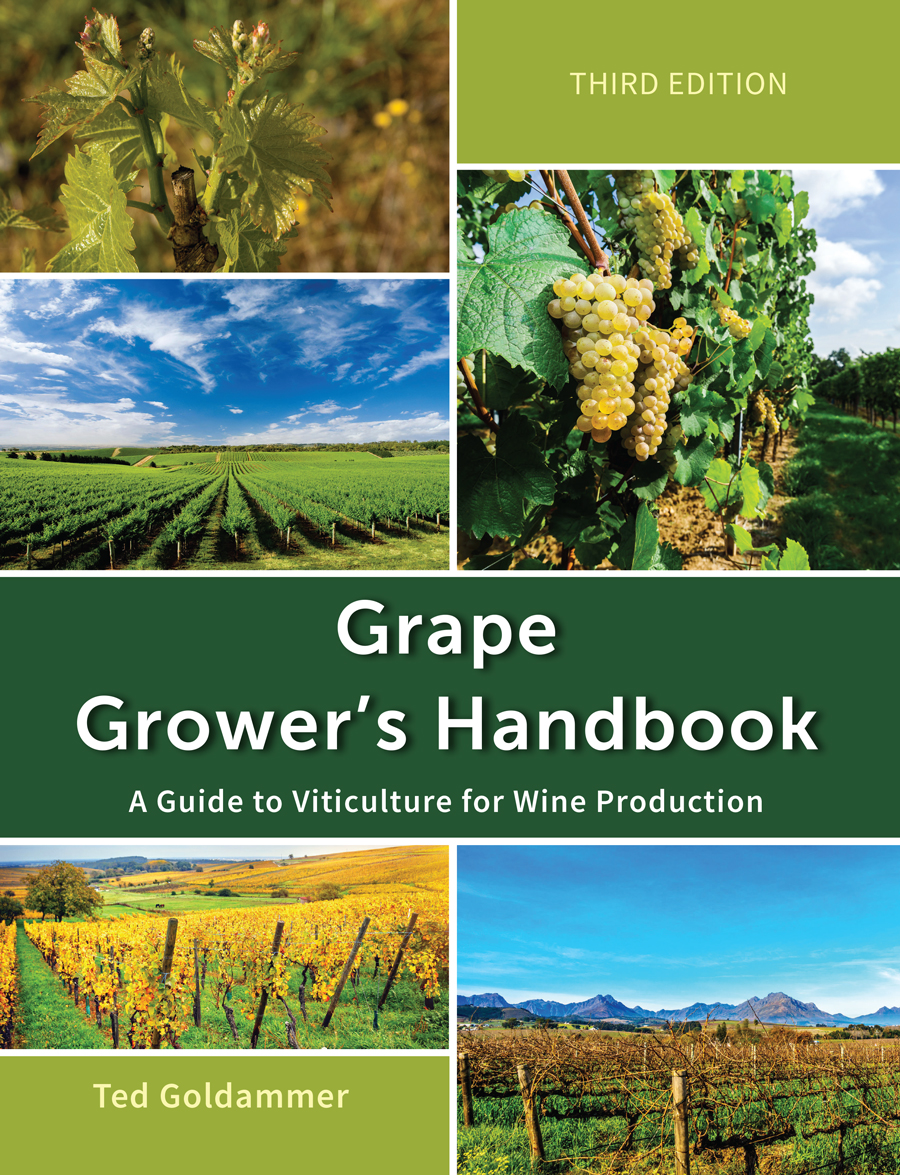Irrigation Scheduling of Grapevines
Plant-based Scheduling Methods
The primary advantage of vine-based irrigation scheduling for a vineyard is that grapevine performance relates directly to vine water status and only indirectly to soil water and weather conditions. The vine essentially integrates its soil and atmospheric environments and reflects the prevailing conditions in growth and reproductive processes. Some of the more commonly used vine-based methods in scheduling vineyard irrigation include visual observations of grapevine water stress and the use of a pressure chamber, which measures leaf water potential.
Monitoring Visual Appearance of Vines
This method is based on appearance of the grapevine, and although not entirely accurate with some experience the grower can detect early stages of water stress. When there is adequate water the rapidly growing shoots of the grapevine appear soft and yellowish-green.
Pressure Chamber
The pressure chamber often called the pressure bomb has been shown to be a reliable physiological measure of water stress in grapevines (See Figure 12.7). The pressure chamber allows the wine grape grower to measure how much tension the leaf is experiencing and the degree of water stress - the higher the tension the higher the water stress. Direct measurements of vine water status (water potential) have the advantage that no assumptions need to be made about the root distribution or the relationships between soil water content and uptake.
Operation and Use of the Pressure Chamber
Prior to excising the leaf, place a small, thin plastic bag securely over the leaf to minimize transpiration after the cut. The leaf petiole is then cut with a sharp razor blade, leaving sufficient length of petiole to extend through the sealing-stopper or insert in the pressure chamber cover. It is best to cut the petiole as close to shoot as possible.
Timing
The best time of the day to check grapevine water status is when the leaf water potential is relative static, either before the sun reaches the leaf in the morning or during mid-day (solar noon) when the water potential is again static at the daily maximum deficit.
Vine and Leaf Selection
The number and location of vines sampled will depend on vineyard size, the topography, and soil consistency. Usually, an average of four to six sample sites will characterize a location or block of approximately 10 to 15 acres (4 to 6 ha).
Click on the following topics for more information on irrigation scheduling of grapevines.

